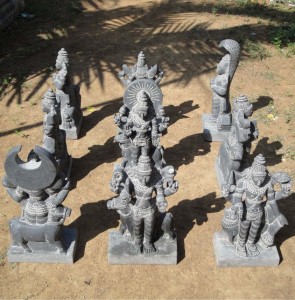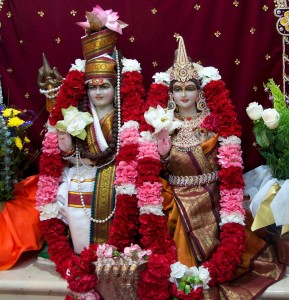
Most Gods and Goddesses within Hinduism are worshipped through the use of a sacred image, known as a murti. Every Deity has their particular image or icon that is used in puja. It is therefore common in temples to see a sacred image of Shiva along with His consort Parvati. But there is another sacred image of Shiva that is even more common than Shiva and Parvati seated beside each other and this is the Shiva Lingam. The Shiva Lingam is an aniconic form of Shiva because it has no specific features that could be recognized as Shiva if one did not already know what the form was. A Shalagram Shila, which a black fossil stone used in the worship of Vishnu, is a similar aniconic form.
The antiquity of the Shiva Lingam is uncertain. There are some who claim that certain remains found within the Indus Valley Civilization are Shiva Lingams. This claim, however, is disputed and is far from being a universally accepted. In addition, there is no mention in the Rig Veda or any of the other Shruti Vedic texts of the Shiva Lingam. There are, however, many references to the Shiva Lingam throughout the later Smriti Vedas and so it is uncertain at what point the Shiva Lingam became popular within Hinduism. But popular it is! Virtually all temples and Hindu homes have a Shiva Lingam.
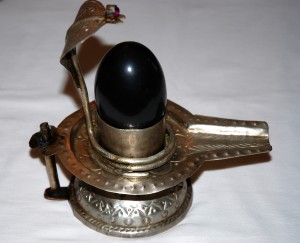
In many cases a Shiva Lingam is a one piece image usually made of stone, but a true Shiva Lingam is comprised of two parts: the actual Lingam itself, which has a cylindrical shape, and a stand or peetham, which supports the Lingam. In the case of a one piece image the Lingam and the stand are together. There are two basic interpretations of what the Shiva Lingam actually is. The first is that God, being ultimately formless, is represented by a formless image, the Lingam. One meaning of the word “lingam” is “sign” and therefore the Lingam is a “sign” of the formless nature of God. The second interpretation is that the Lingam is a symbolic phallus and that the stand which holds the Lingam is the female organ, and therefore the Lingam sitting within its stand is a symbolism for cosmic union and creation. Naturally, this latter interpretation is offensive to many worshippers, but given the imagery of ancient Hinduism with its elaborate sexual depictions found on many temple towers (gopurams) in South India, the phallic interpretation of the Shiva Lingam is not out of the question, especially given that another meaning of the word lingam is “male organ.”
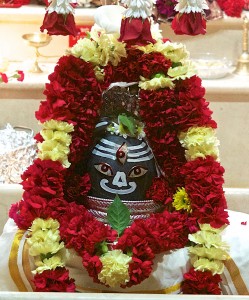
The most common use of the Shiva Lingam is for sacred bathing (abhisheka) and so the worship of a Shiva Lingam always includes an abhisheka usually of milk and water, but commonly with other liquids, including yogurt, honey and clarified butter as well.

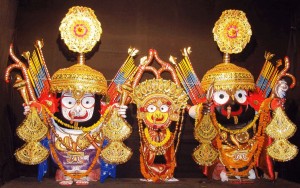
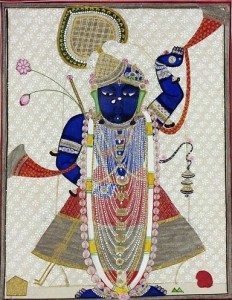
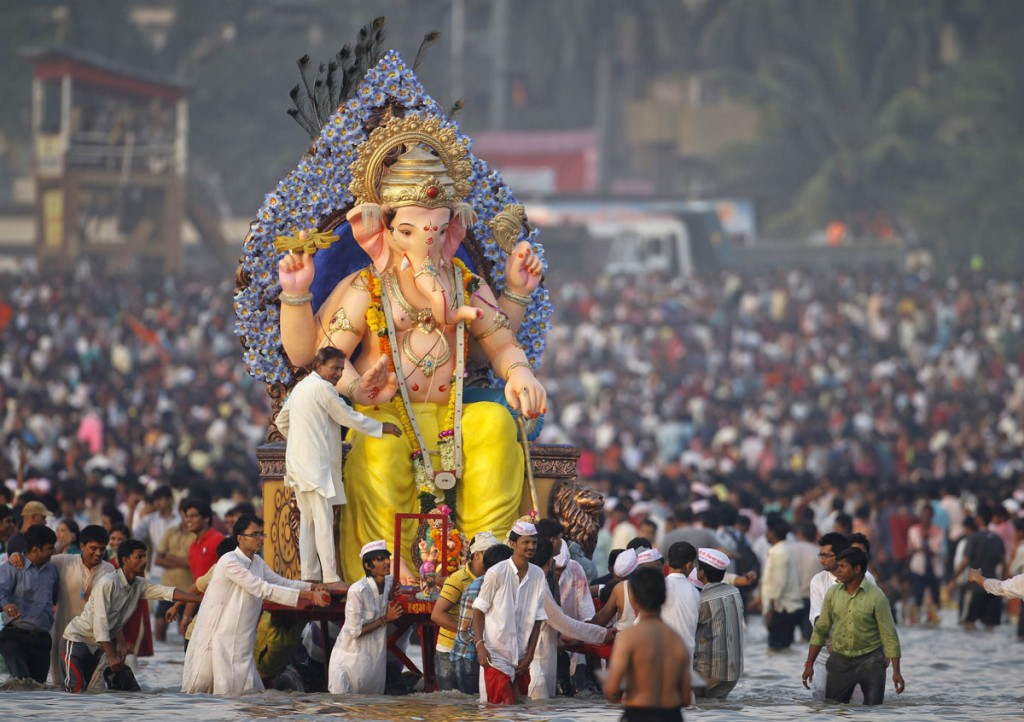 Most Hindu temples will have sacred images of Gods and Goddesses. In Sanskrit these sacred images are called
Most Hindu temples will have sacred images of Gods and Goddesses. In Sanskrit these sacred images are called 